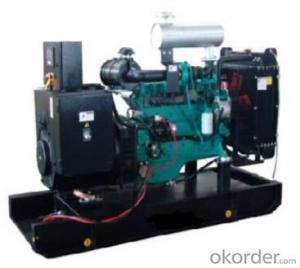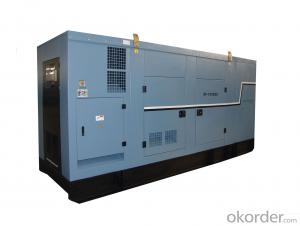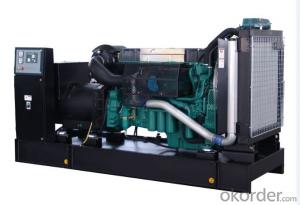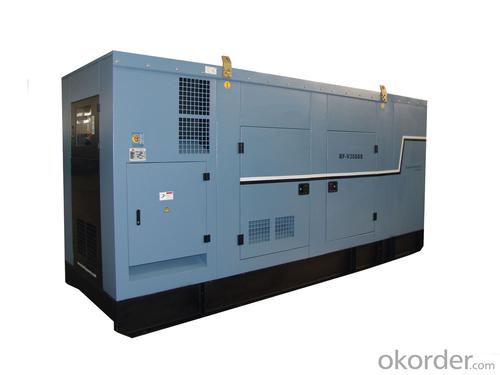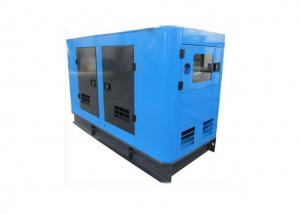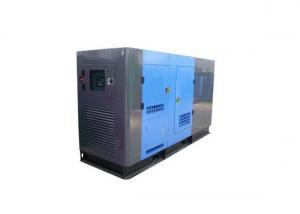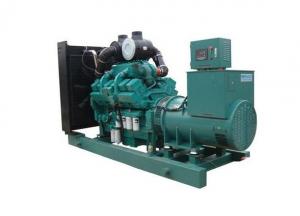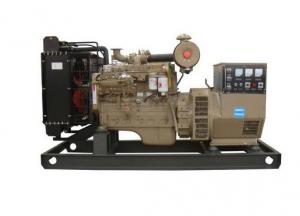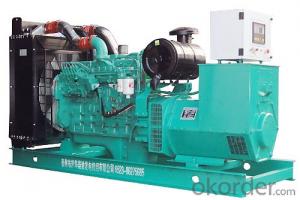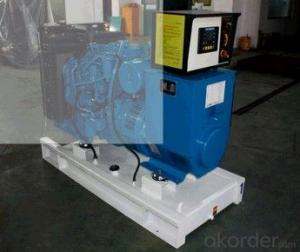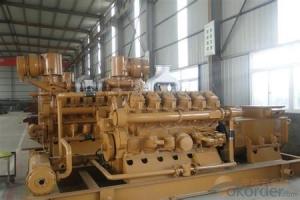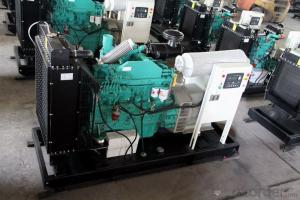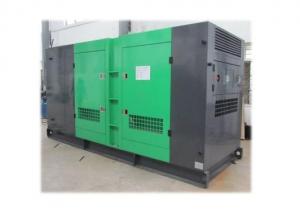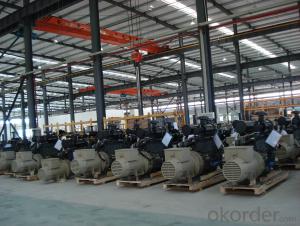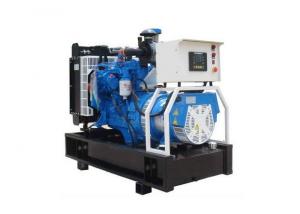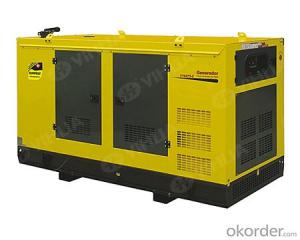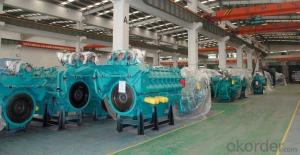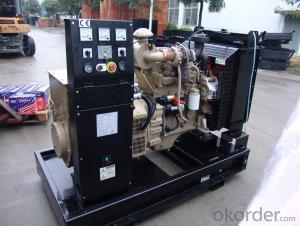Diesel Generator Cummins 100kw/130kva 130KW/176HP
- Loading Port:
- Shanghai
- Payment Terms:
- TT OR LC
- Min Order Qty:
- 1 unit
- Supply Capability:
- 100 unit/month
OKorder Service Pledge
OKorder Financial Service
You Might Also Like
Product Description
A diesel generator is the combination of a diesel engine with an electric generator (often an alternator) to generate electrical energy. This is a specific case of engine-generator. A diesel compression-ignition engine often is designed to run on fuel oil, but some types are adapted for other liquid fuels or natural gas.
Diesel generating sets are used in places without connection to a power grid, or as emergency power-supply if the grid fails, as well as for more complex applications such as peak-lopping, grid support and export to the power grid.
Main Product Features:
1. Engine(DCEC Cummins 6BTAA5.9-G2)
2. Radiator 50OC max, fans are driven by belt, with safety guard
3. 24V charge alternator
4. Alternator: single bearing alternator IP23, insulation class H/H
5. Absorber
6. Dry type air filter, fuel filter, oil filter
7. Main line circuit breaker
8. Standard control panel
9. Two12V batteries, rack and cable
10. Ripple flex exhaust pipe, exhaust siphon, flange, muffler
11. User manual
Product Specifications:
1. Manufacturer / Model: DCEC Cummins 6BTAA5.9-G2, 4-cycle
2. Air Intake System: Turbo, Air/Air Cooling
3. Fuel System: PN type fuel pump
4. Cylinder Arrangement: 6 in line
5. Displacement: 5.9L
6. Bore and Stroke: 102*120(mm)
7. Compression Ratio: 16.0:1
8. Rated RPM: 1500rpm
9. Max. Standby Power at Rated RPM: 130KW/176HP
10. Governor Type: Electronic
FAQ:
Q1: What is Prime Power and Standby Power Rating?
A1: Prime Power (PRP): Prime power is available for an unlimited number of annual hours in variable load application, in accordance with GB/T2820-97(eqv ISO8528); A 10% overload capability is available for a period of 1 hour within a 12-hour period of operation. Standby Power Rating (ESP): The standby power rating is applicable for supplying emergency power for the duration of a utility power interruption. No overload, utility parallel or negotiated outage operation capability is available at this rating
Q2: How do we guarantee the quality of our products?
A2: We have established an advanced quality management system which conducts strict quality tests at every step, from raw materials to the final product.
Q3: How soon can we receive the product after purchase?
A3: Within three days of placing an order, we will begin production. The specific shipping date is dependent upon international and government factors, but is typically 30 to 40 workdays.
Q4: What is your after sales service?
A4: CNBM provides a full line of brand new and high quality products. Each and every unit is strictly factory tested. Warranty is according to our standard conditions: a, 15 months, counted on the day CNBM sold to the first buyer; b, One year after installation; c, 1000 running hours (accumulated); subject to the earlier one. Service and parts are available from CNBM or distributors in your location.
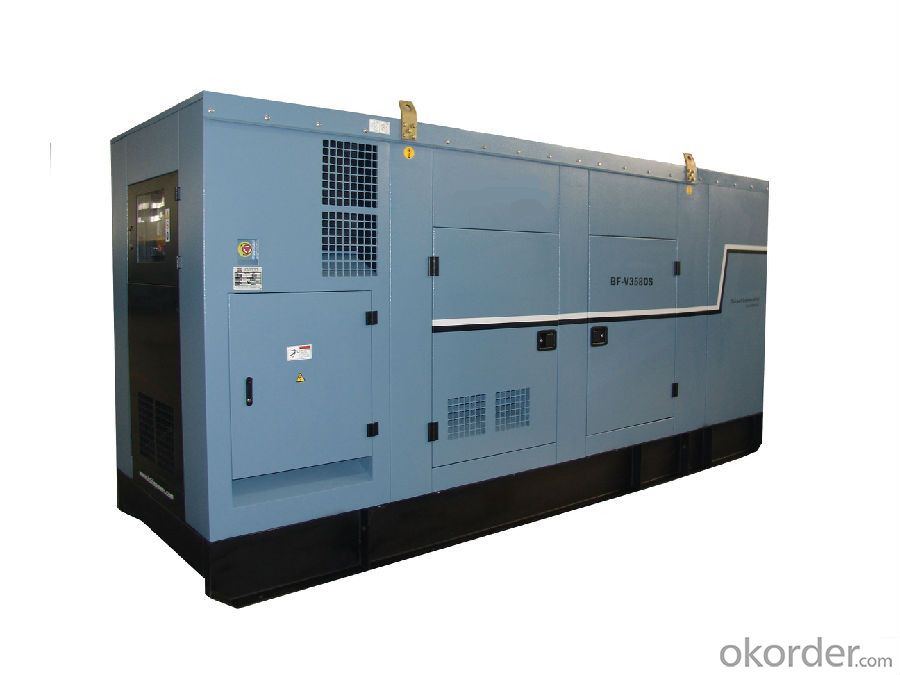
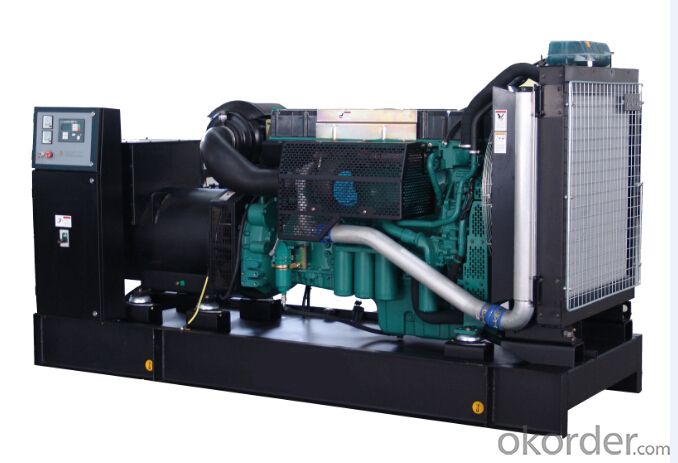
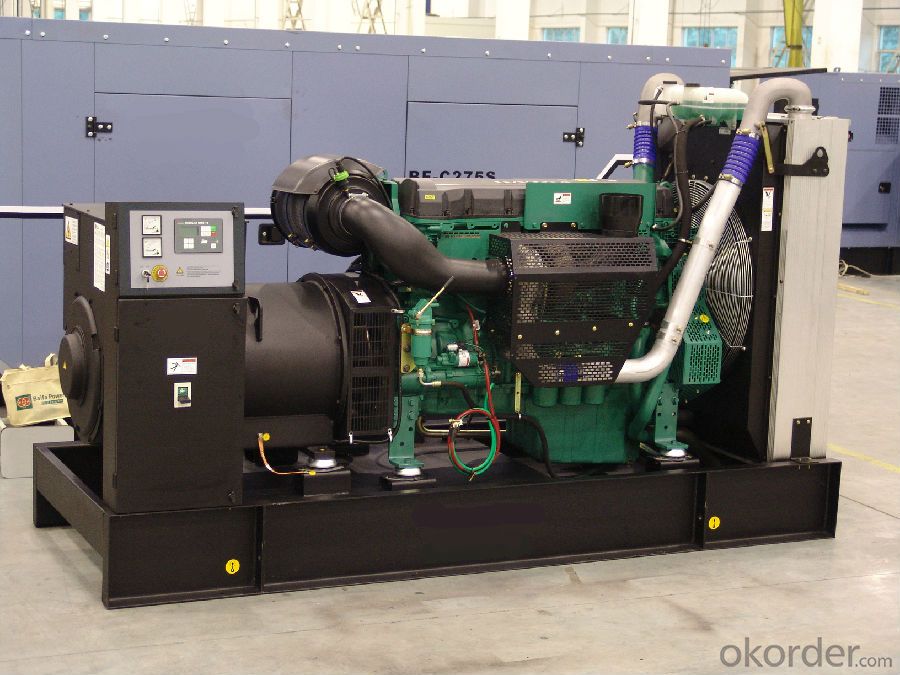
- Q: I am currently a diesel mechanic in the Army. I know a lot about bothe gas and Diesel engines in cars trucks and generators. My contract is almost up and I m trying to transition back into the civilian world. I was just wondering if someone could help me out with any major differences between a 6.7 liter Diesel engine and the Diesel engines in heavy diesel trucks
- nothing really, 6.7 is smaller and wouldnt get the job done hauling 40 tons. also a few less parts not needed for a light duty truck
- Q: I would like to try a browns gas generator on a 3 cylinder Diesel engine to compare efficiency and save money and not add a turbo to the unit. I just wanted to know if anyone had any experience in this. I am also considering a natural gas flow to the intake.
- It would work about as well as it works on a petrol engine. Not at all. Forget it.
- Q: I want to buy a GENMAX HY6500 GENERATOR FOR 220/240 VOLTS but is wondering if this generator is good. I saw one sold at $1,239 and on another site it was $299.00. I was adviced not to buy Wolf power because of poor customer ratings. I haven't seen any customer rating for GENMAX. I guess this is a Chinese company.The problem I am having in US is that I canot get a 50hz 220-240 volt generators. All I get is 60hz and I am told thy wouldn't work for Africa. Can anybody help?
- You can probably get them in Africa proper, and at a better price too, with local support included, minus the shipping cost. When buying a portable generator, check which fuel it uses. Diesel engines last much longer than gasoline. Also, these units are not made to run continuously, but only for emergency or temporary power.and must run isolated from the regular power network. If you want to run more than one and have a small power plant, you need stationary units and a synchronizing panel, with circuit breakers etc. .
- Q: creating steam turbines that can run on ANYTHING to power the electric generators in modern engines?
- Bio fuels are a net energy loss, so converting to diesel would be a step backwards. Even if you could create a steam engine that would run on anything, it would still require fuel. And burning this fuel would create smoke. AKA pollution. To deal with this pollution you'd be required to put massive filter systems on the engines, which makes the engines much heavier which in turn makes them need more power and more fuel. Neither is a good solution.
- Q: I am very curious after watching quite a few movies about the 911 conspiracy theories. Those movies did raise some good points, especially the theory of a missle hit the White House instead of a plane. Very strange! Did anyone here watch those movies?
- Was 911 Staged
- Q: I was thinking about buying used car batteries from the junk yard and connecting them with jumper cables then testing the connected batteries with a battery tester to see how many volts it has. I havent tried this yet so I dont know if it will work do you guys have any idea on how to make a generator so I wont have to pay for power
- Homemade Electric Generator
- Q: I Live way out in the country and have a diesel generator.I want to switch to nuclear because it could be cheaper. I have plenty of land to dispose of any nuclear waste.
- Well, get 20 tons of lead and concrete. Make a steam generator. Make heat source using illegal and expencive radioactive materials. Die from cancer, since you have no idea what youre doing. Im just kidding, just put the uranium right the diesel generator, it will work fine.
- Q: I can visually see the electronic speed actuator moving in and out when this is happening. Should I replace the actuator or could it be something else. This is in a boat.
- There are several models of the 20K Westerbeke. Can you post up which model you have? It could be as simple as an adjustment. The actuators do not generally fail. However, if you have a lot of hours, say 2000, then the actuator spring may be worn out. Please post up your model and I will see what I can do. Also you can email me.
- Q: I want to run 4 lamps of 1000 watt on diesel engine. I want to check that is 6 kw output generator is sufficient for same. I want full calculation for this, losses etc
- You want to connect a 4 kw load to a 6 kw generator. As long as the 6 kw (6,000 watts) rating of the generator is accurate it should power the lamps fine. You're only using 66% of the generator capacity. There aren't any significant losses to worry about and no point in doing any calculations. They were done for you in the kw rating of the generator. Just don't use any extension cords that are too small for the lights.
- Q: How much power does the generator from the diesel need to produce in order to bring the train up to running speed?
- I'll add to what Rango said here. It really does depend on the locomotive. It depends on the train too, as well as the terrain. It's a careful manipulation of the throttle sometimes. There are times where a train of empties will follow you around with no problem. And sometimes in those cases you have to watch the amp guage because the amps can creep up on you and you gain unwanted speed. This may be in throttle positions 2, 3, or 4. Then there's times when you may have 100 plus loads, and one of your three engines had to be shut down for mechanical problems. Then you wish there was something you could do just to squeeze out a few dozen extra amps while in number 8 position. One engine I really miss is the old SD-9. That was the engine I learned on even though it was older than me. It held on to the track very well, could pull all day long with no maximum amperage load times, and allowed you to feel what the train was doing as if you had your hands on it.
Send your message to us
Diesel Generator Cummins 100kw/130kva 130KW/176HP
- Loading Port:
- Shanghai
- Payment Terms:
- TT OR LC
- Min Order Qty:
- 1 unit
- Supply Capability:
- 100 unit/month
OKorder Service Pledge
OKorder Financial Service
Similar products
Hot products
Hot Searches
Related keywords
